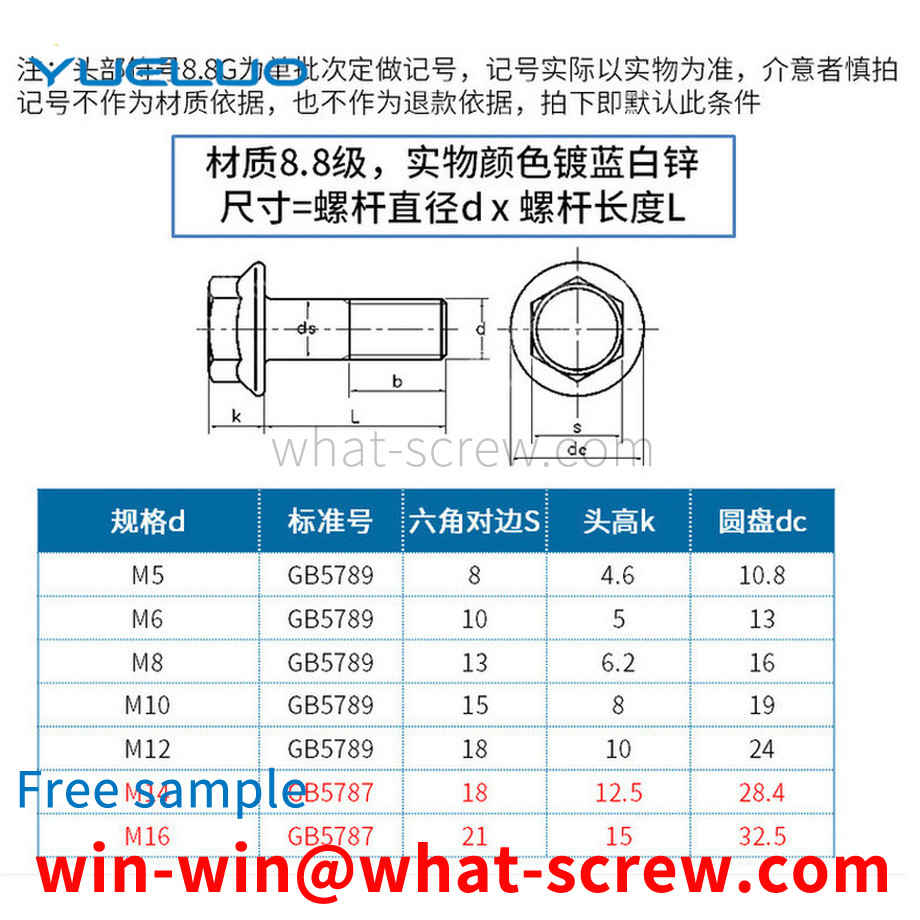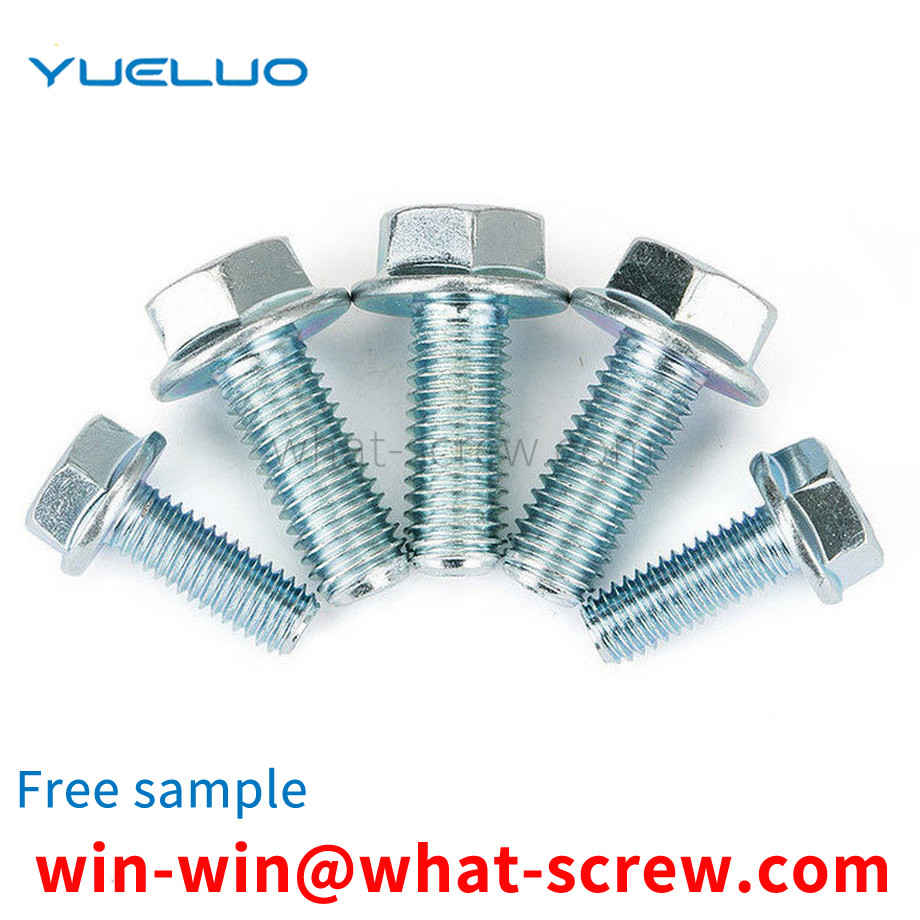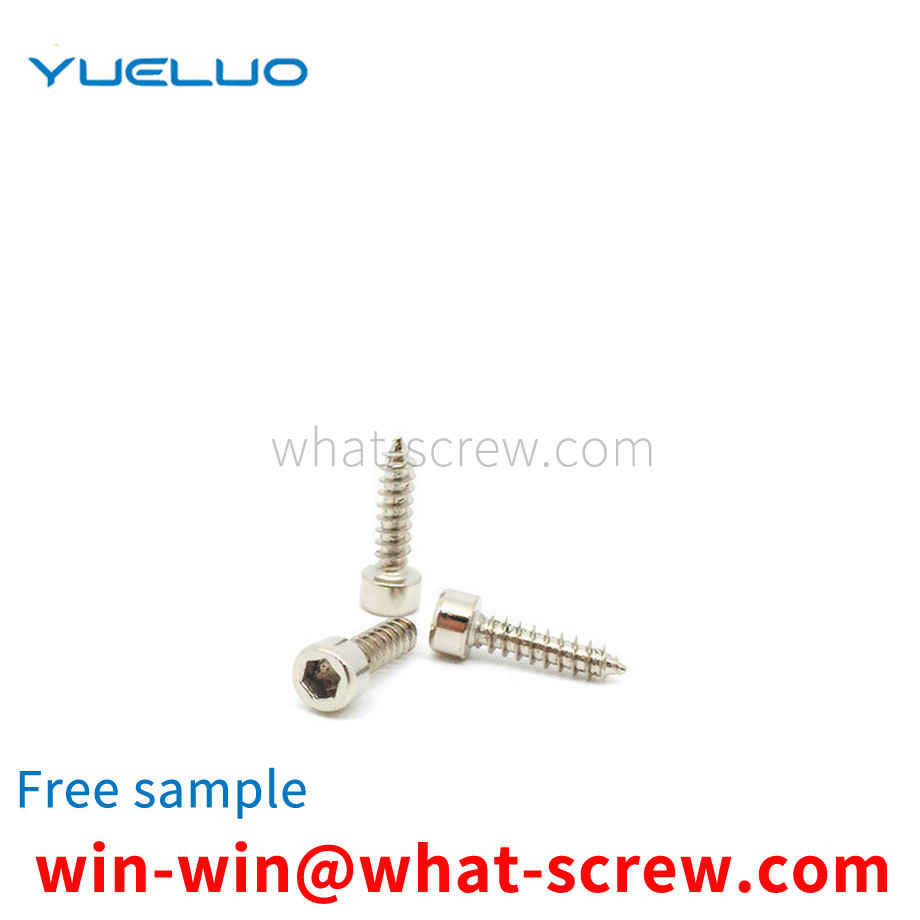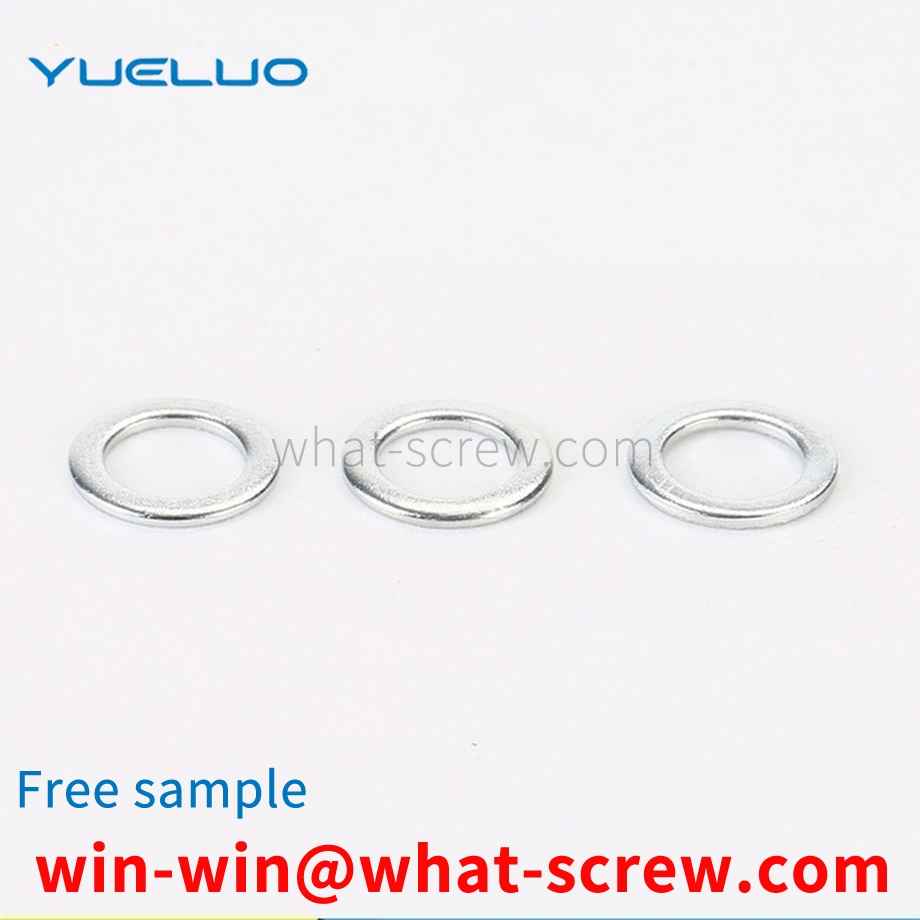What is the tolerance range of precision screws?
What is the tolerance range of precision screws?
Service Hotline
+86760-8787 8587We have more than ten years of experience in screw industry production. The main products are: DIN933 screws, pin positioning posts, rivet nuts, flat knurled rivet nuts, national standard aluminum profile accessories, 201 nuts, car tire screws, Q192 screws, precision Hexagon nut, grade 8 washer, nut with baffle, 1mm fine thread nut, Phillips plastic screw, oblique flat head socket head socket head nail, black outer hexagonal nylon column flat head double and other fasteners, due to different product materials and specifications, the price It is also different, please contact us if necessary.


shaft retaining ring installation tool and an installation method thereof relate to an assembly tool and an installation method thereof, comprising a pressing cylinder and a taper sleeve. The maximum diameter of the tapered end is slightly smaller than the inner diameter of the circular straight hole of the pressing cylinder, and the lower end of the tapered sleeve has a positioning structure matched with the shaft of the shaft retaining ring to be installed. The method includes the following: place the taper sleeve on one end of the shaft where the shaft retaining ring is to be installed and position it well, then place the shaft retaining ring on the tapered end of the taper sleeve, and finally press down the pressure cylinder to make the shaft Use the retaining ring to slide down the conical surface of the taper sleeve to the shaft to be installed with the retaining ring for the shaft, and finally get stuck in the groove of the shaft. Yueluo does not need to open the retaining ring for the shaft, which reduces the operation force and labor intensity. The operation method is simple, the structure is simple and reliable, the cost is low, and it is easy to popularize and use.

Usually, the forming of the bolt head adopts cold heading plastic processing. Compared with the cutting process, the metal fiber (metal wire) is continuous along the shape of the product, and there is no cut in the middle, thus improving the strength of the product, especially the mechanical properties. The cold heading forming process includes cutting and forming, single-station single-click, double-click cold heading and multi-station automatic cold heading. An automatic cold heading machine performs multi-station processes such as stamping, heading forging, extrusion and diameter reduction in several forming dies. The processing characteristics of the original blank used by the single-station or multi-station automatic cold heading machine are determined by the size of the bar with a length of 5-6 meters or the wire rod with a weight of 1900-2000KG, that is, the characteristics of the processing technology. The point is that cold heading does not use pre-cut single blanks, but uses the automatic cold heading machine itself to cut and upset (if necessary) blanks from bars and wire rods. Before extruding the cavity, the blank must be shaped. A blank that meets the technological requirements can be obtained by shaping. Before upsetting, reducing and positive extrusion, the blank does not need to be shaped. After the blank is cut, it is sent to the upsetting and shaping station. This station can improve the quality of the blank, reduce the forming force of the next station by 15-17%, and prolong the life of the die, and the bolts can be made with multiple diameter reductions. The precision that can be achieved by cold heading is also related to the selection of the forming method and the procedure used. In addition, it also depends on the structural characteristics of the equipment used, the process characteristics and its state, the precision of the tool and die, the life and the degree of wear. For high-alloy steel used in cold heading forming and extrusion, the roughness of the working surface of the cemented carbide mold should not be greater than Ra=0.2um. When the roughness of the working surface of this type of mold reaches Ra=0.025-0.050um, it has the highest life.


Hexagon nuts are divided into three types: I type, II type and thin type according to the nominal thickness. Nuts above grade 8 are divided into two types: type 1 and type II. Type I hexagon nuts are the most widely used. Type 1 nuts are divided into three grades: A, B, and C. Among them, grade A and grade B nuts are suitable for machines, equipment and structures with small surface roughness and high precision requirements. Class C nuts are used on machines, equipment or structures with rough surfaces and low precision requirements.

Pressure riveting standoffs, also known as pressure riveting studs or standoffs, are non-removable fasteners that are used in conjunction with rivets to provide a threadless type. A sheet metal part is a product processed by a sheet metal process, that is, a sheet metal substrate is formed into a sheet metal part with a certain shape through cutting, bending, drilling, welding and other processes. On some sheet metal parts, such as chassis and electrical boxes produced by sheet metal, it is usually necessary to set rivet standoffs to facilitate the installation of internal components. The existing standoffs are usually installed on the sheet metal substrate by extrusion, and the connection is not firm.

The above content is uploaded by Yueluo or the Internet. If there is any copyright issue, please contact [email protected].

What is the tolerance range of precision screws?

How to choose the right stainless steel screw manufacturer?

Why is there an R angle under the head of the hexagon head s...

We have more than ten years of production experience in the ...

We have more than ten years of experience in the production ...

We have more than ten years of experience in the production ...

We have more than ten years of experience in screw industry ...